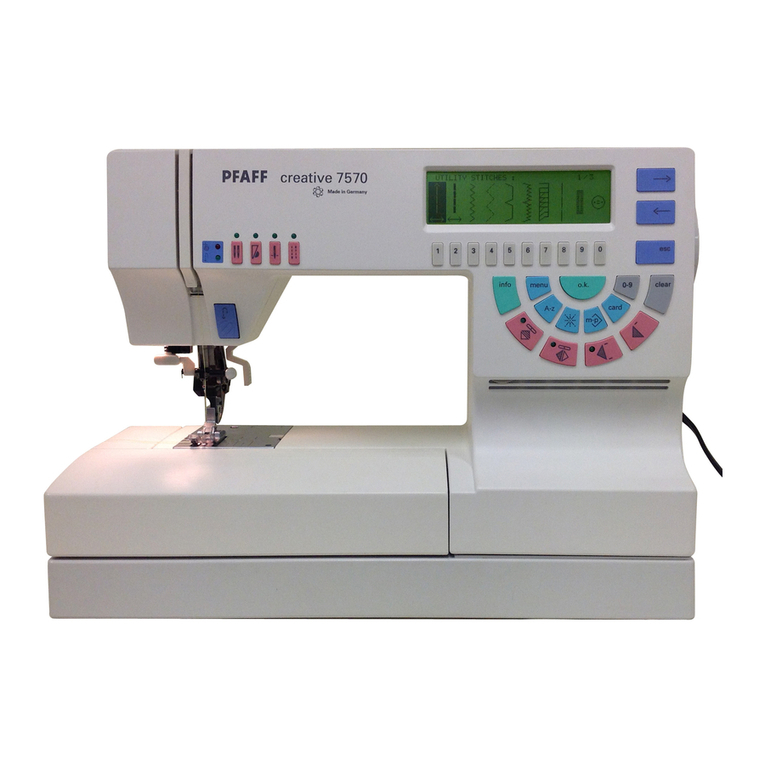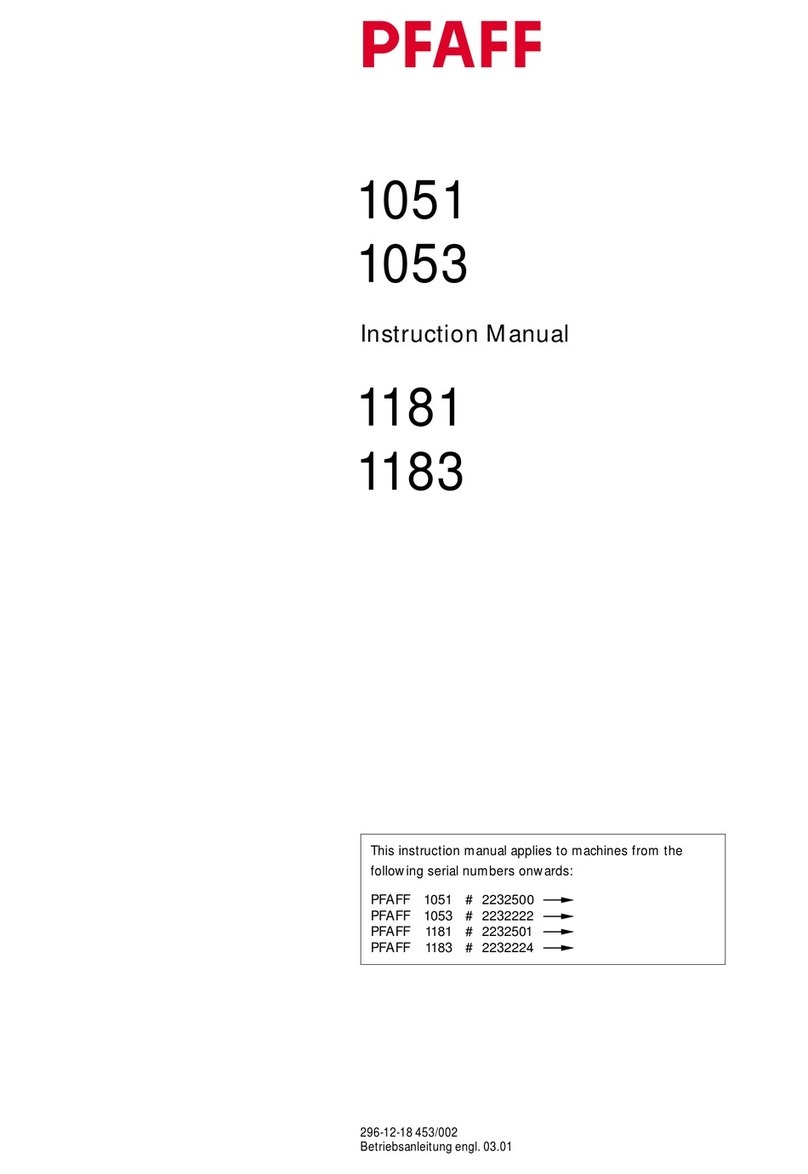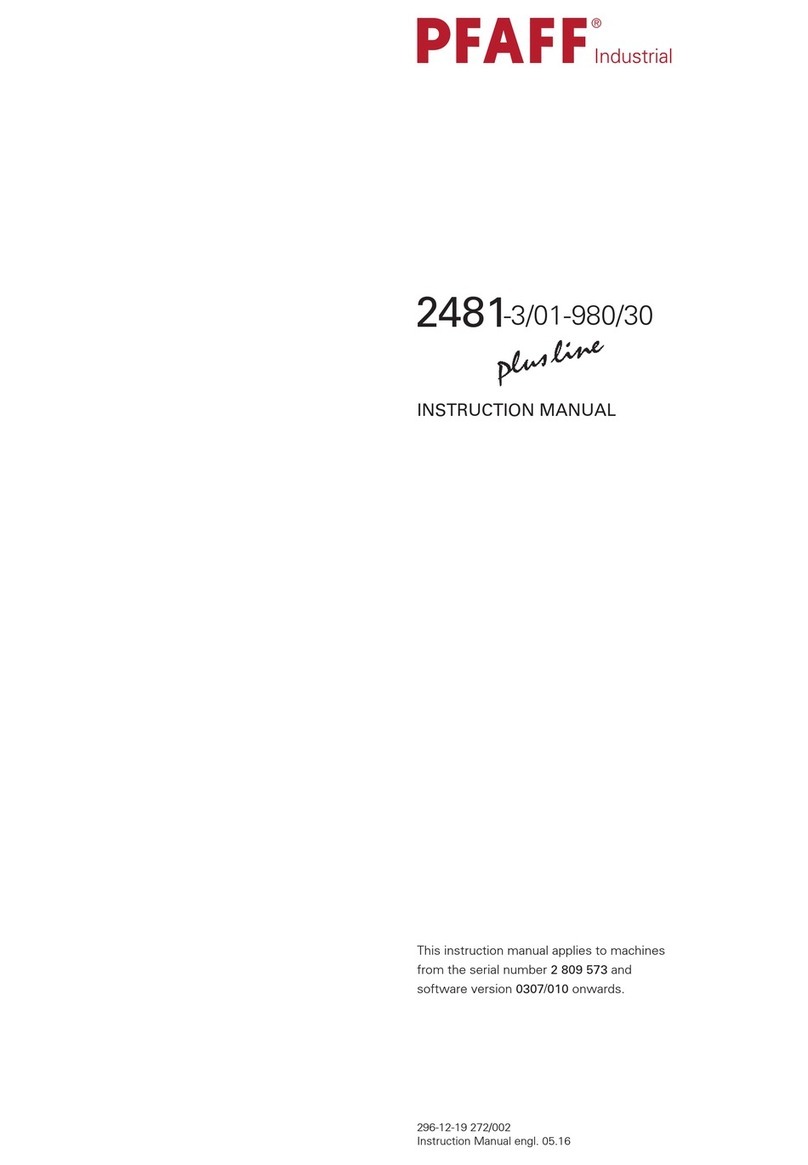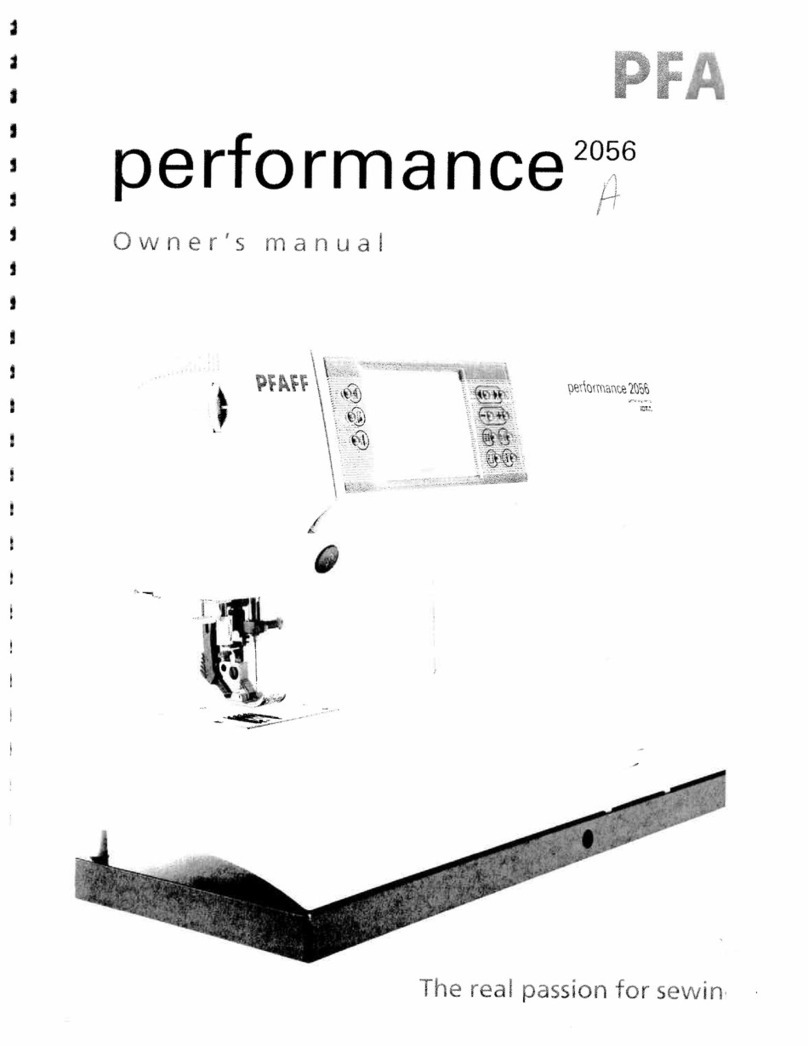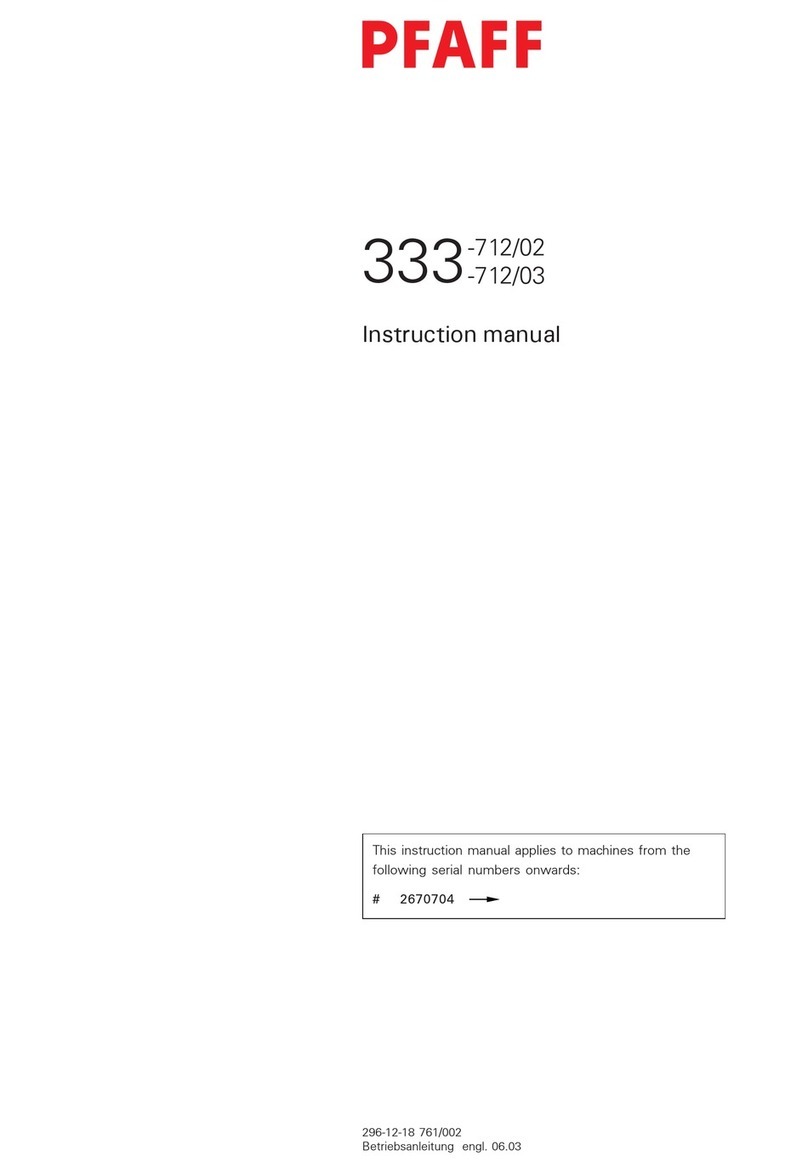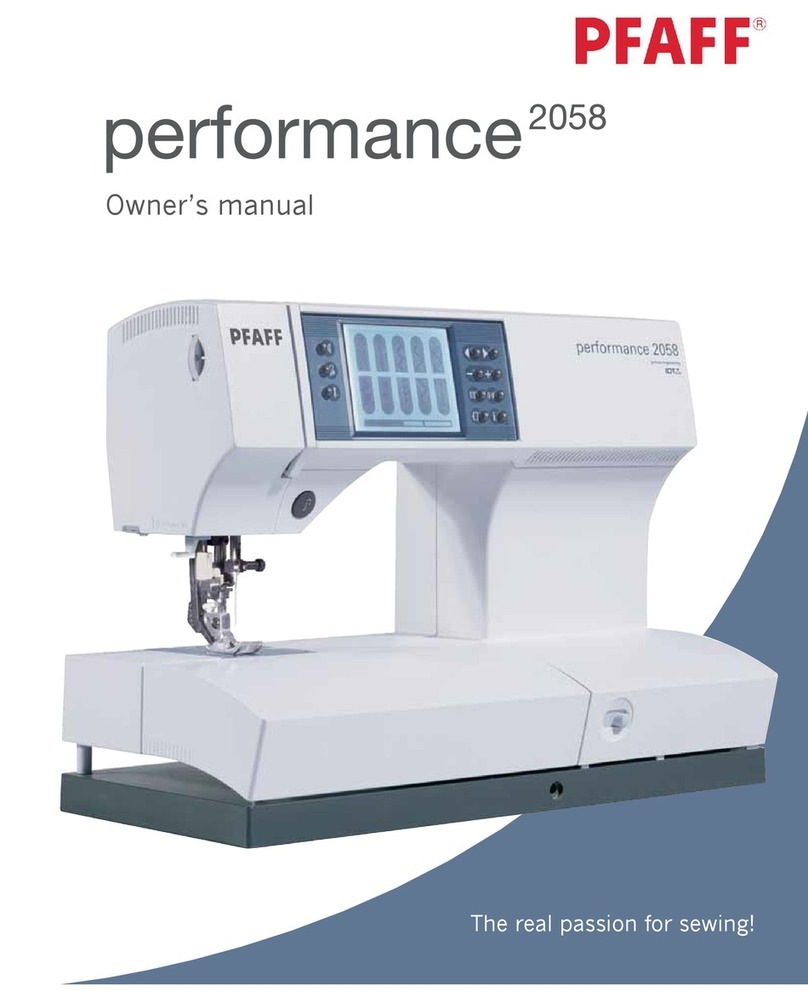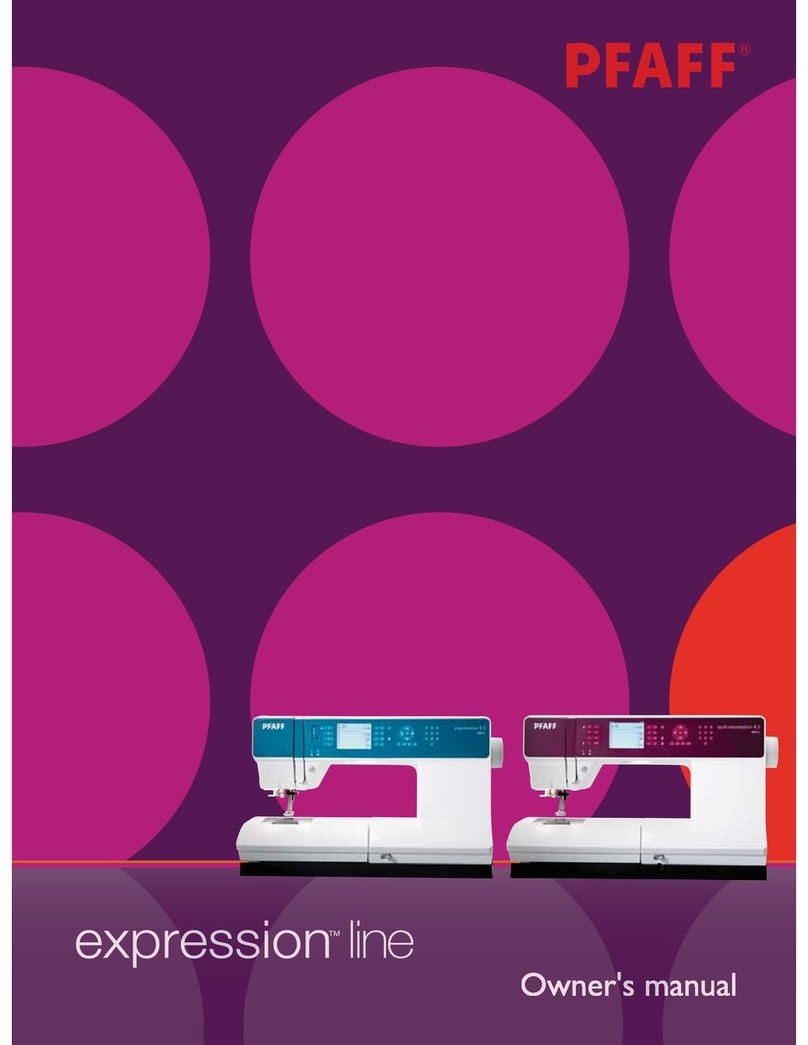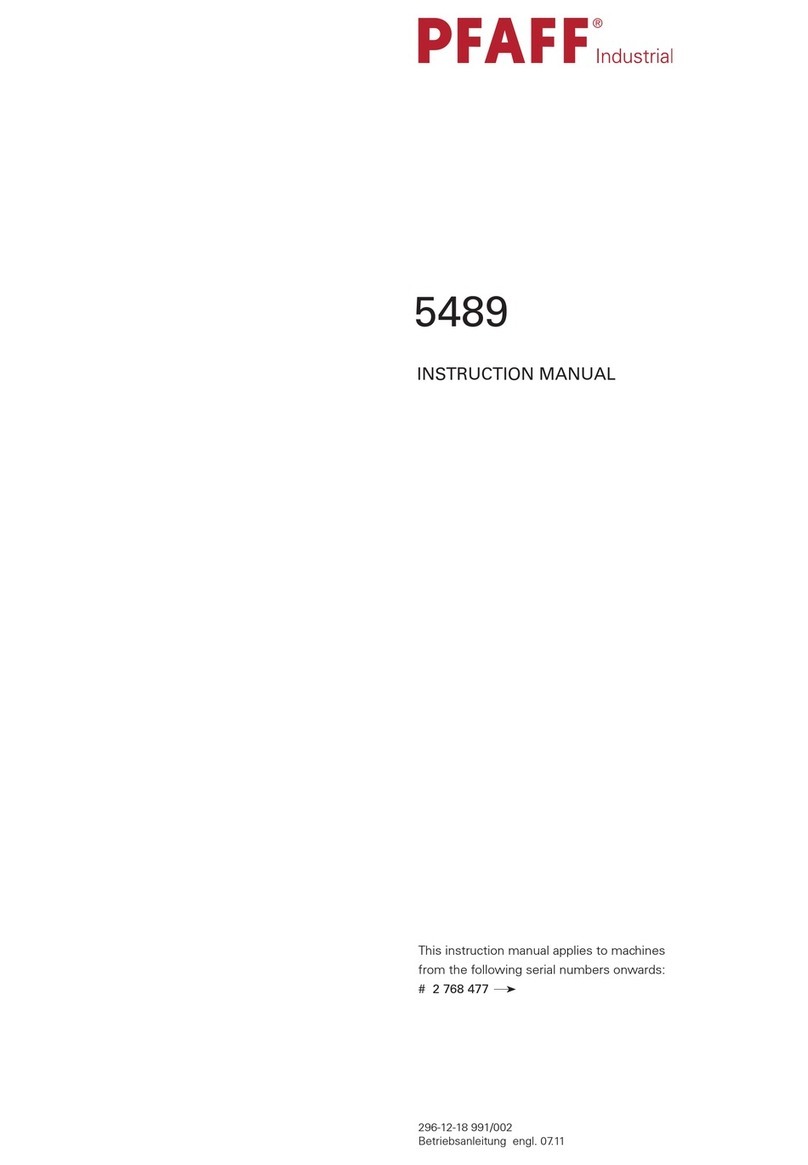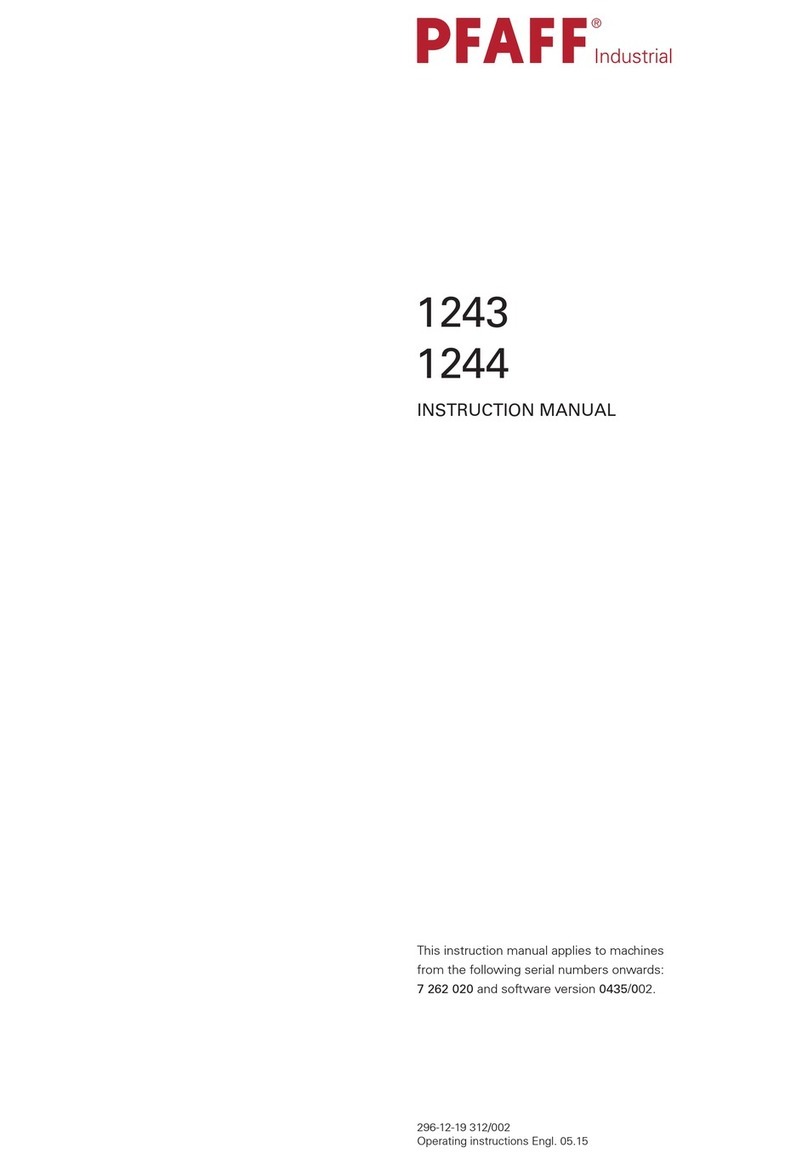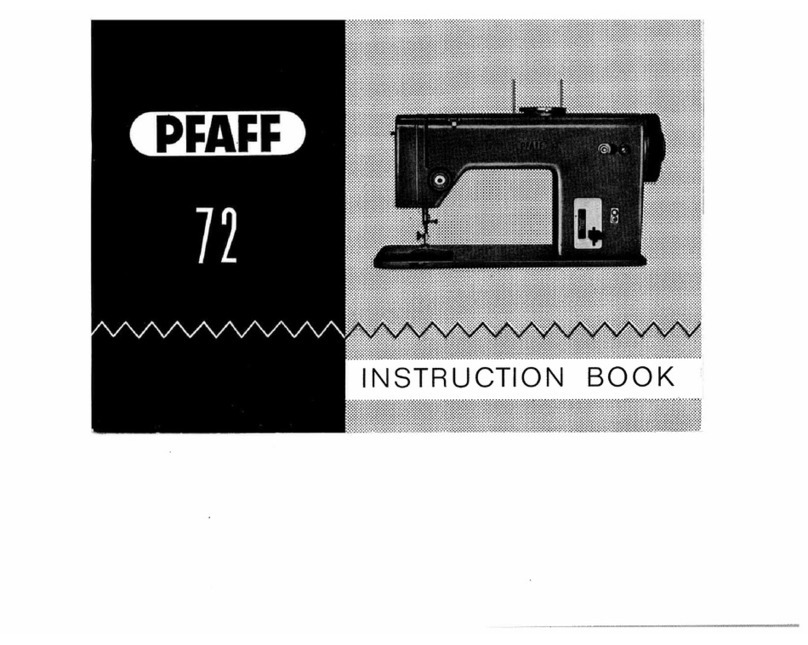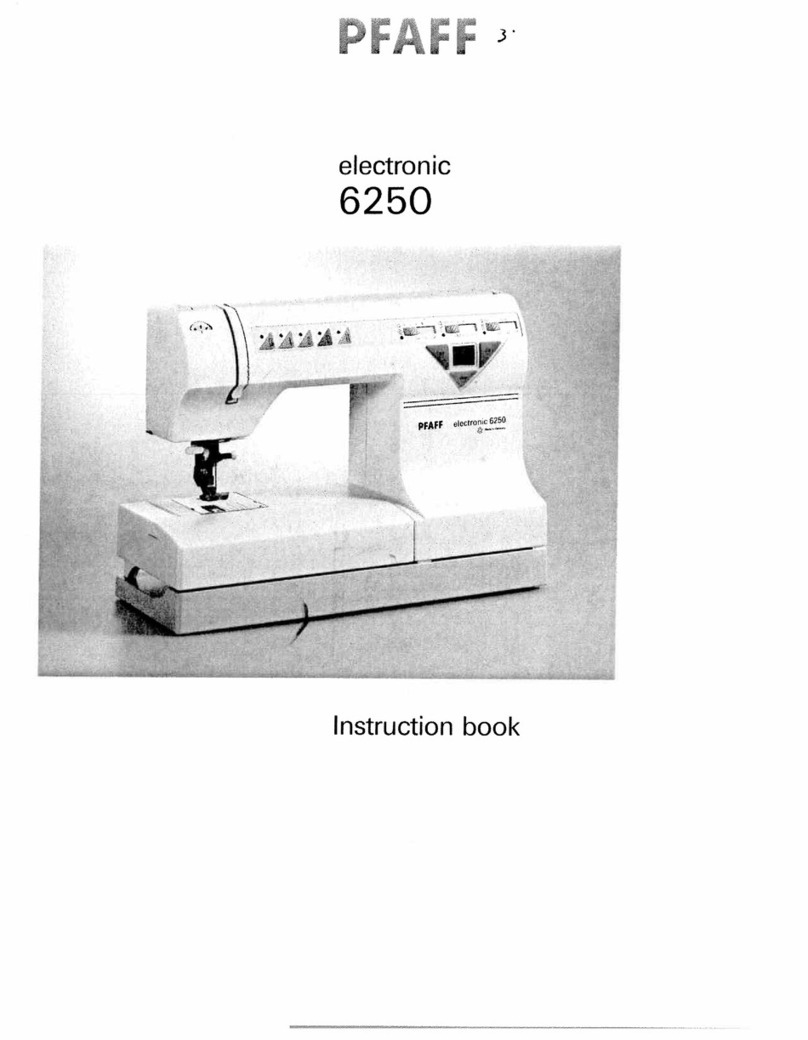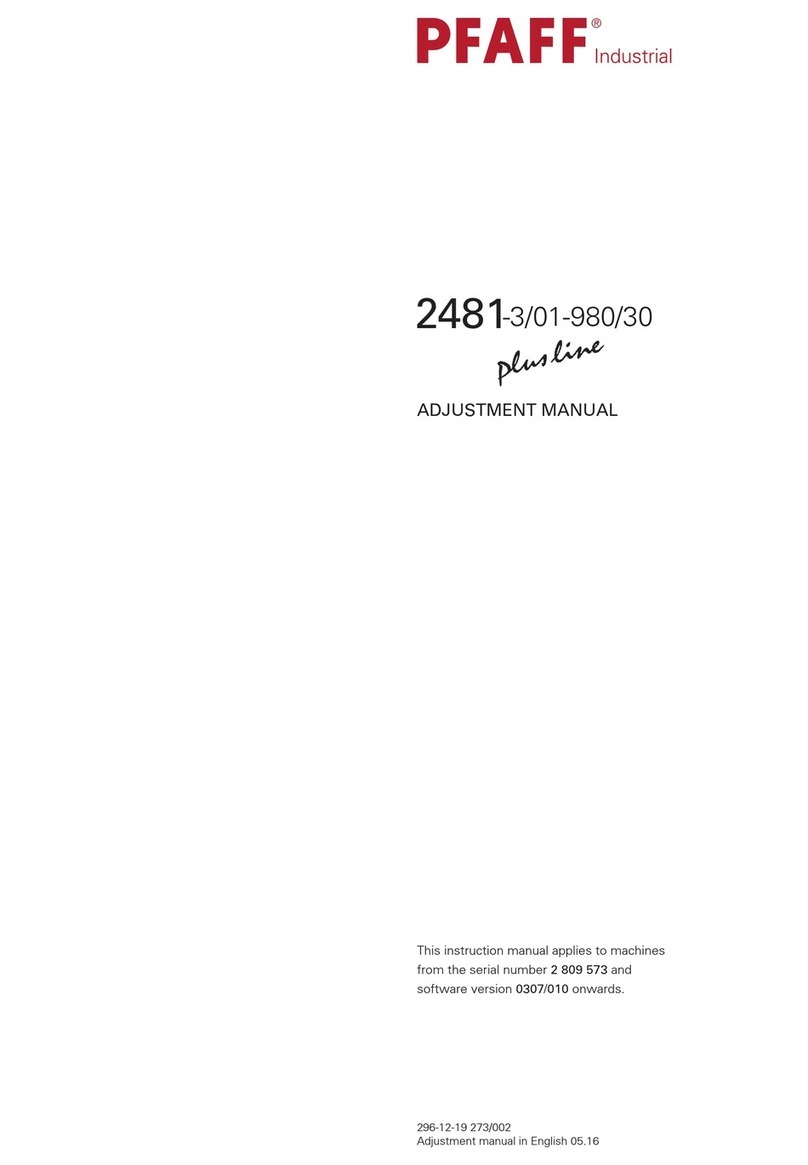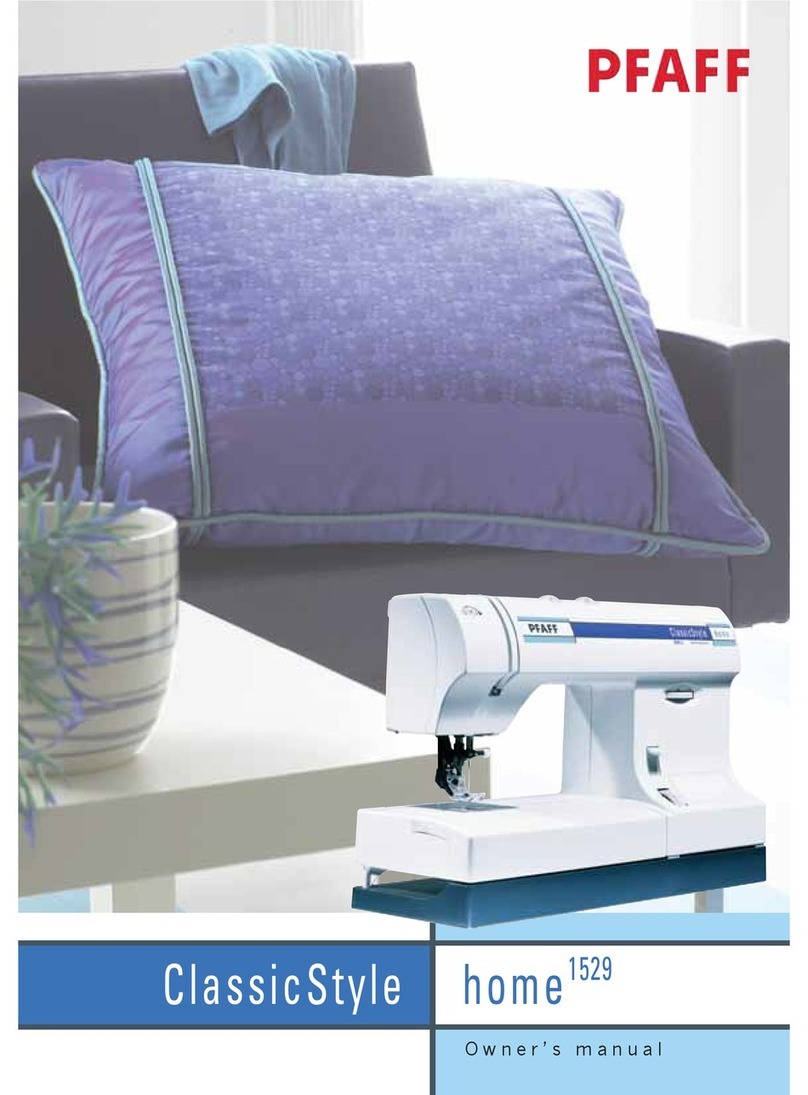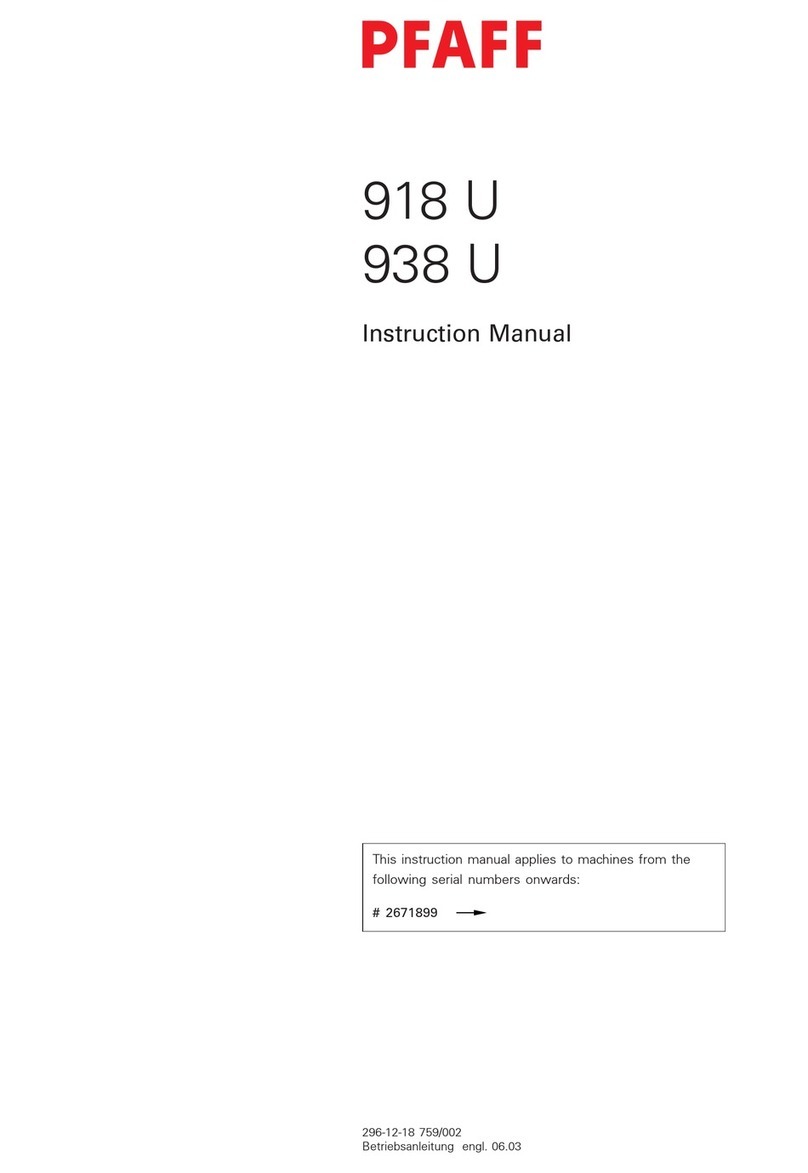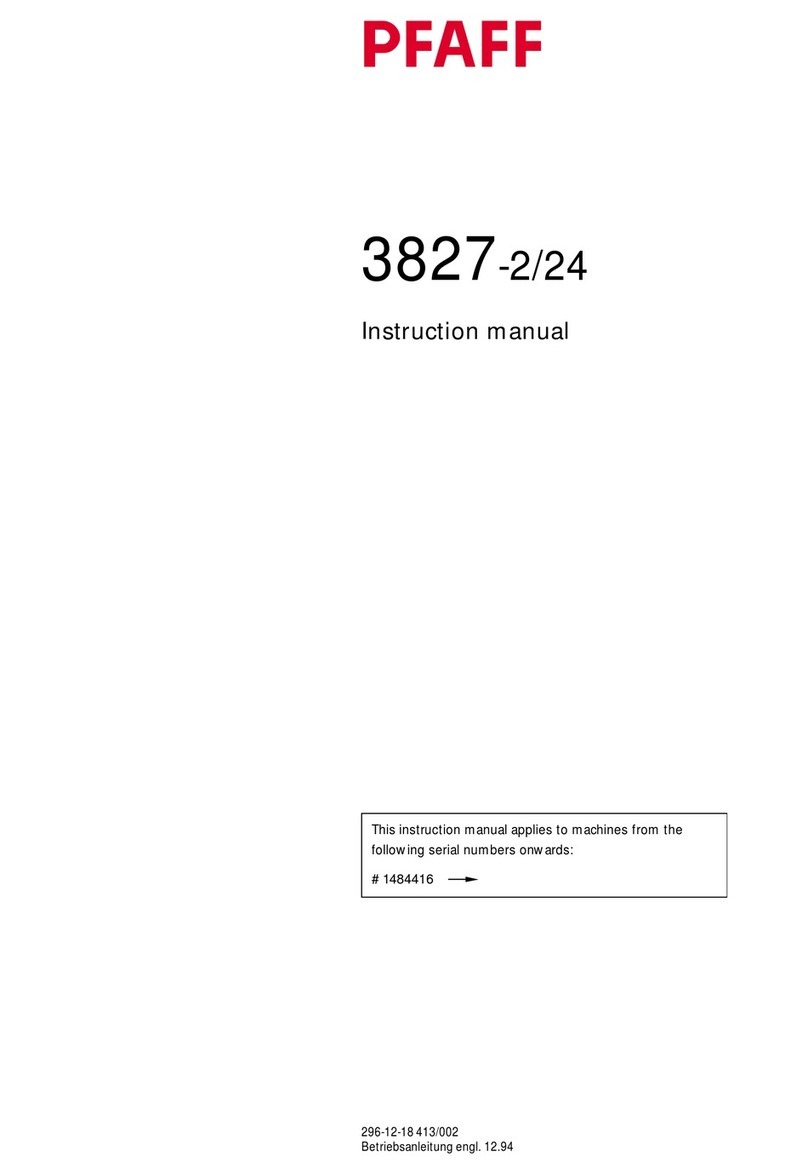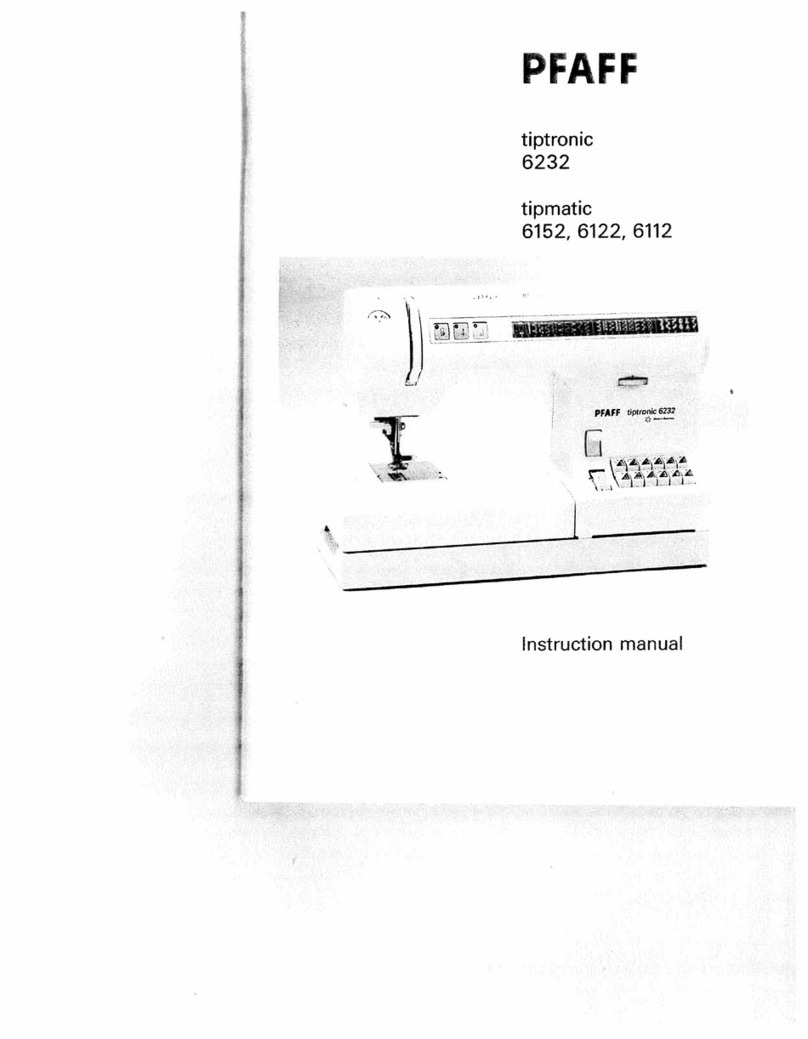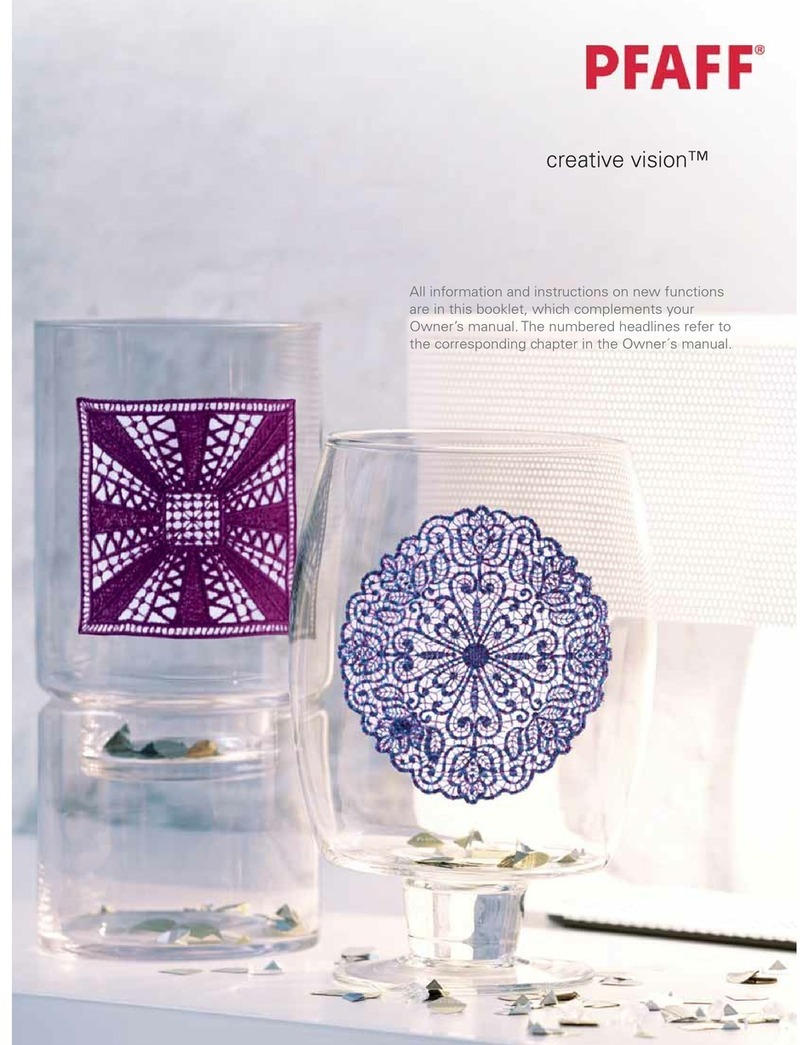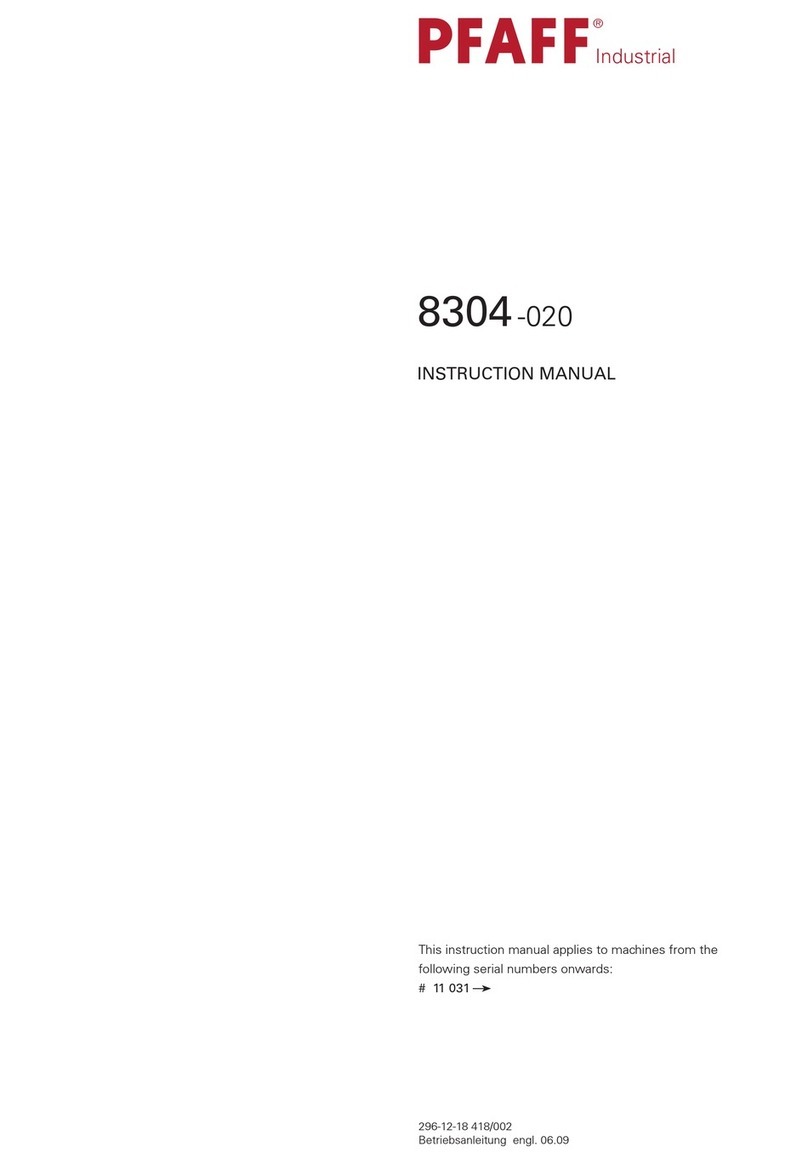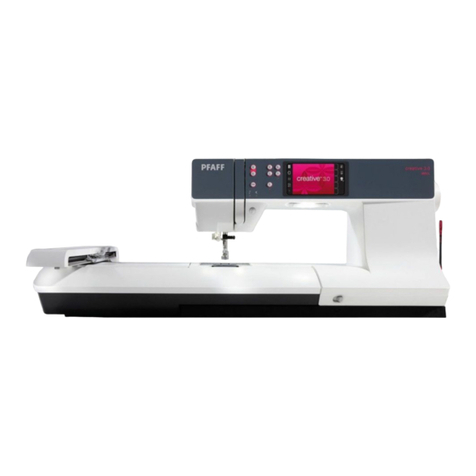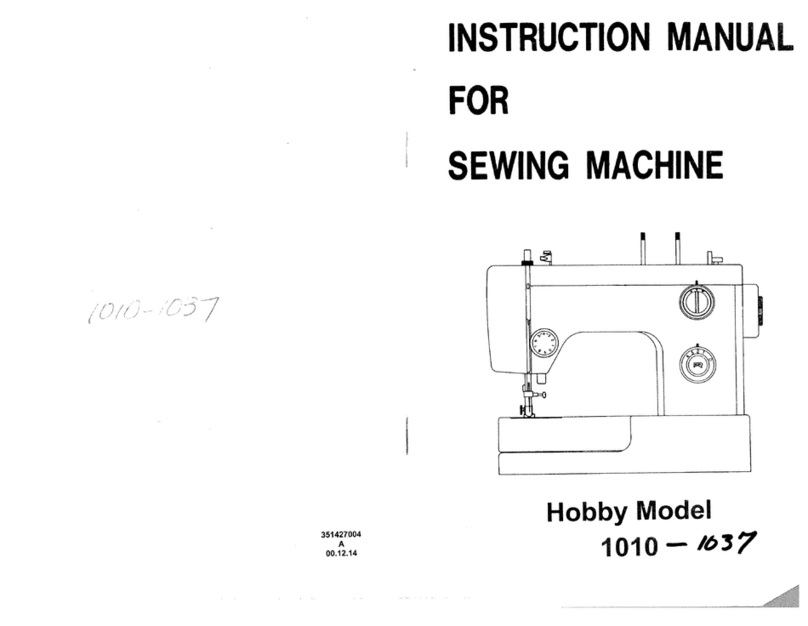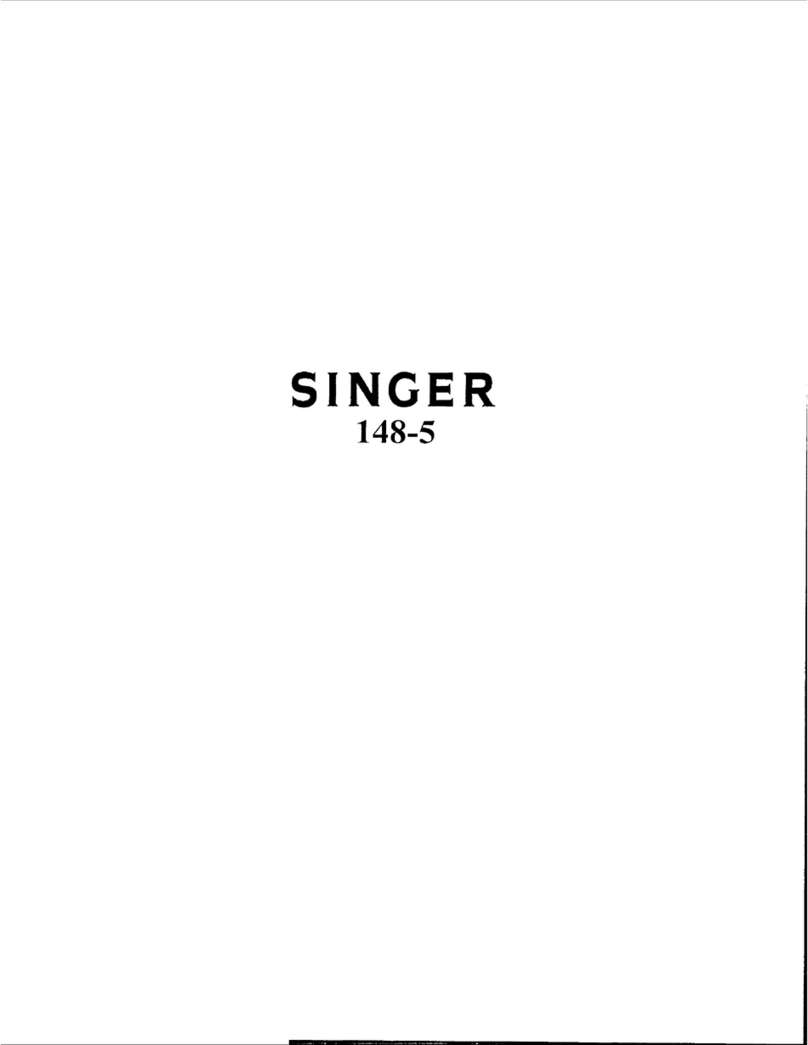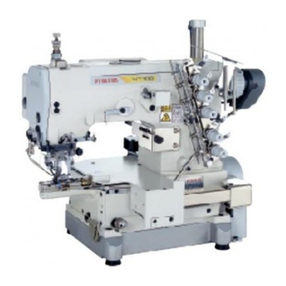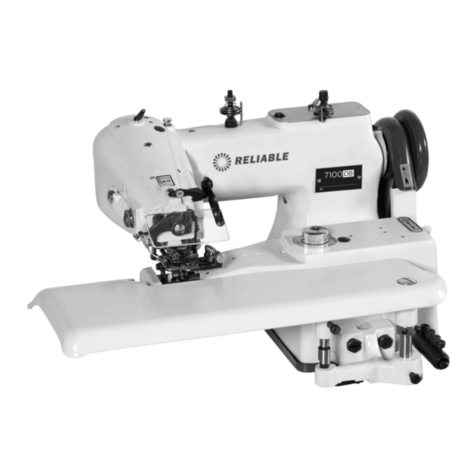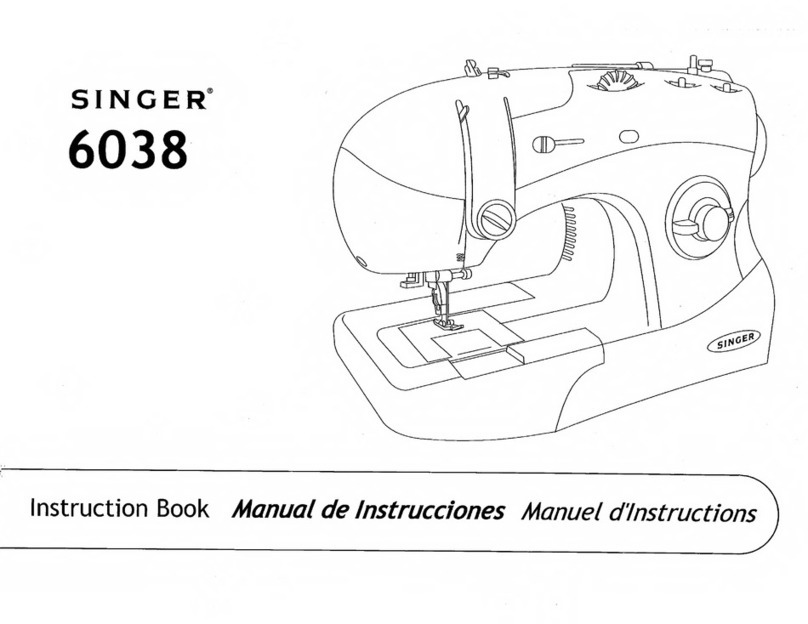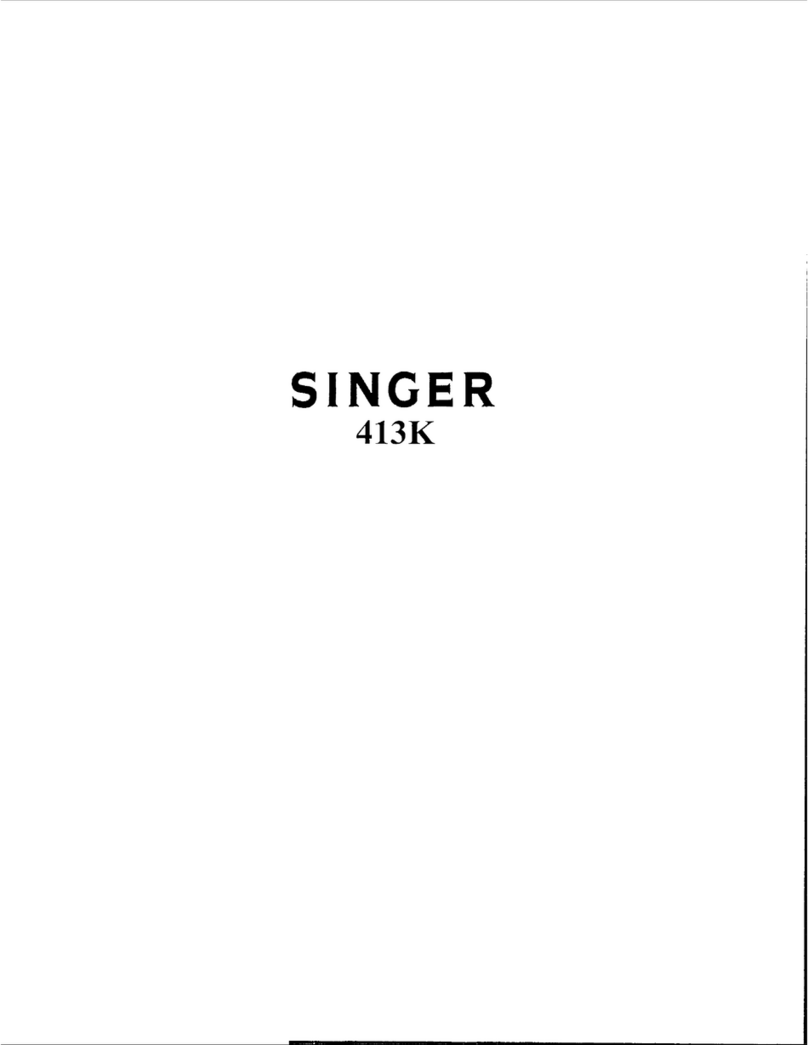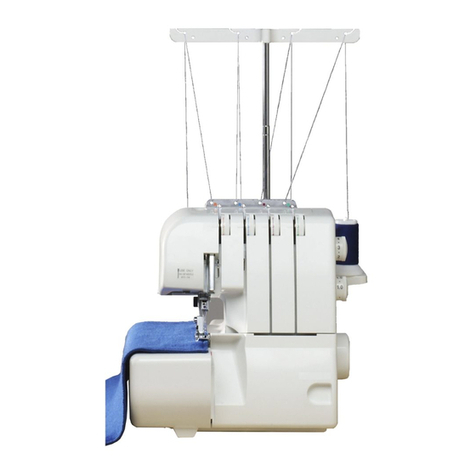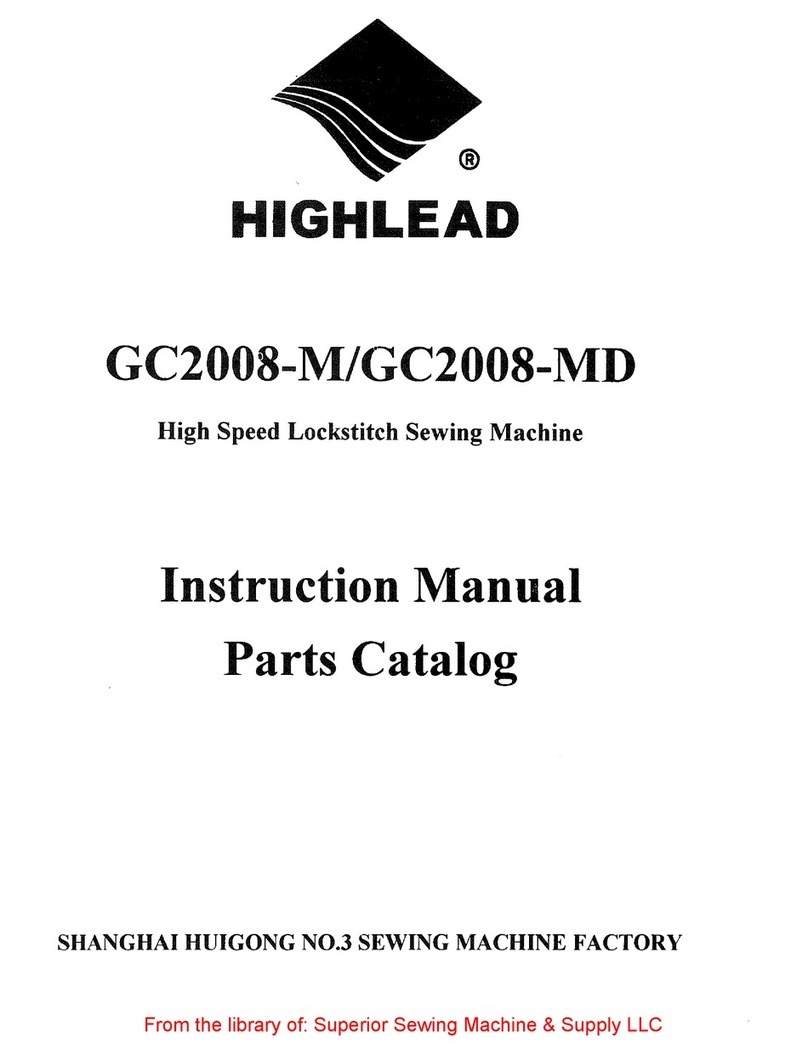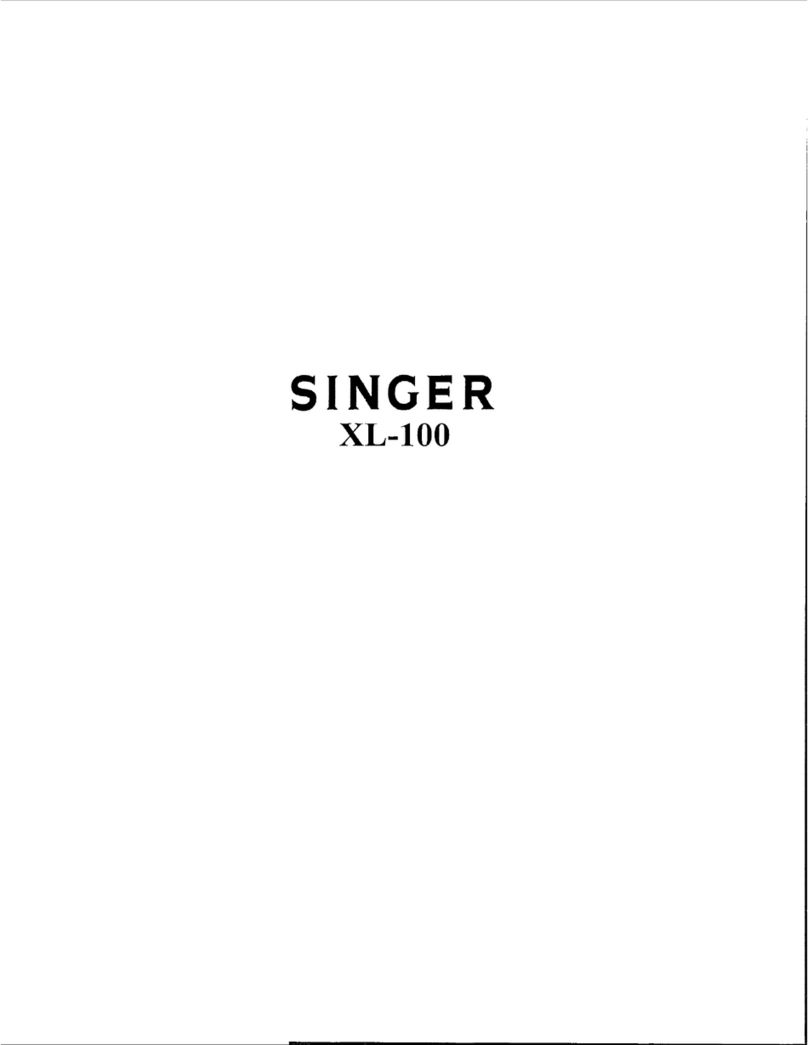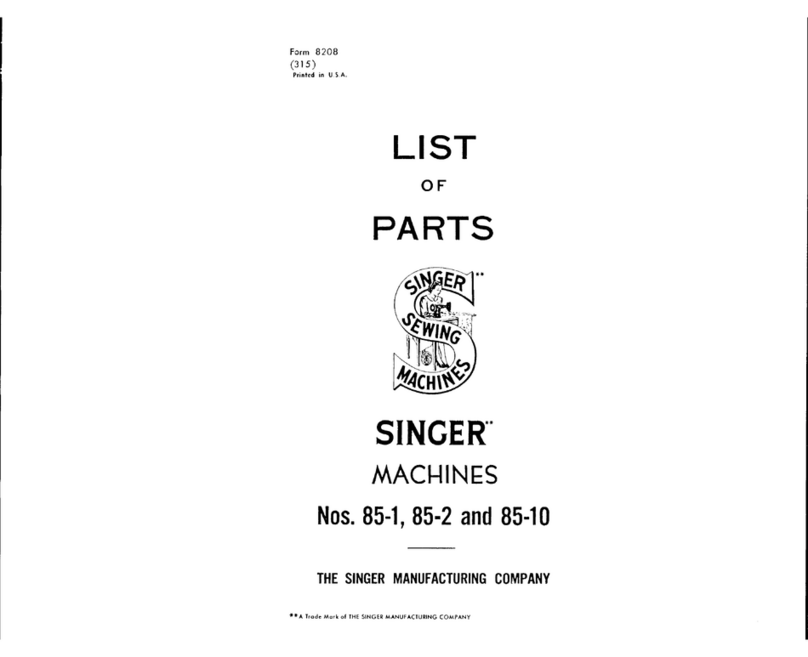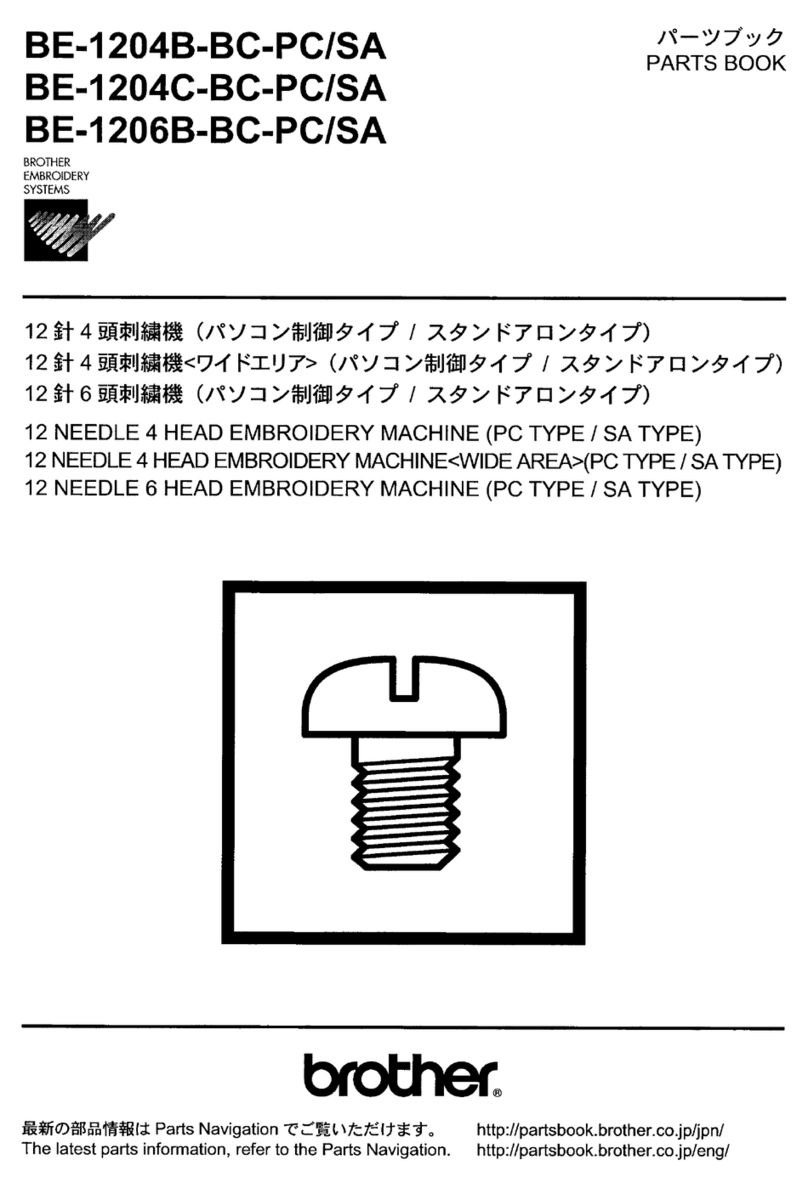
Contents
Contents ...............................................................................Chapter - Page
13 Adjustment ............................................................................................................. 13 - 1
13.01 Tools, gauges and other accessories for adjusting................................................... 13 - 1
13.02 Abbreviations ........................................................................................................... 13 - 1
13.03 Explanation of the symbols ...................................................................................... 13 - 1
13.04 Checking and adjusting aids ..................................................................................... 13 - 2
13.05 Adjusting the basic machine .................................................................................... 13 - 3
13.05.01 Basic position of the machine drive ......................................................................... 13 - 3
13.05.02 Preadjusting the needle height................................................................................. 13 - 4
13.05.03 Bottom feed neutral position.................................................................................... 13 - 5
13.05.04 Neutral position of the needle feed (only on PFAFF 1181) ....................................... 13 - 6
13.05.05 Bottom feed lifting motion ....................................................................................... 13 - 7
13.05.06 Bottom feed dog height ........................................................................................... 13 - 8
13.05.07 Feed dog motion of bottom feed dog ...................................................................... 13 - 9
13.05.08 Feeding motion of needle feed (only on PFAFF 1181).............................................. 13 - 10
13.05.09 Needle in needle hole center (only on PFAFF 1183) ................................................. 13 - 11
13.05.10 Needle to needle hole centre (on PFAFF 1181) ........................................................ 13 -12
13.05.11 Synchronous strokes of needle- and drop feed (only on PFAFF 1181) ..................... 13 - 13
13.05.12 Hook shaft bearing and toothed belt tension ........................................................... 13 -14
13.05.13 Hook lubrication ....................................................................................................... 13 -15
13.05.14 Needle rise, hook-to-needle clearance, needle height and bobbin case position finger 13 - 16
13.05.15 Thread check spring and slack thread regulator ....................................................... 13 -17
13.05.16 Position of knee lever............................................................................................... 13 - 18
13.05.17 Knee lever stop ........................................................................................................ 13 -19
13.05.18 Bobbin winder .......................................................................................................... 13 - 20
13.05.19 Limiting the stitch length.......................................................................................... 13 - 21
13.05.20 Stitch length adaptation ........................................................................................... 13 - 22
13.05.21 Presser foot pressure .............................................................................................. 13 -23
13.05.22 Modifying the needle bar stroke .............................................................................. 13 - 24
13.06 Adjusting the edge trimmer –731/01........................................................................ 13 - 25
13.06.01 Zero position of the knife ......................................................................................... 13 - 25
13.06.02 Cutting motion ......................................................................................................... 13 - 26
13.06.03 Knife height.............................................................................................................. 13 -27
13.06.04 Knife position in sewing direction............................................................................. 13 - 28
13.06.05 Knife position crosswise to sewing direction ........................................................... 13 - 29
13.07 Adjusting the thread trimming device -900/24.......................................................... 13 - 30
13.0.01 Adjusting the solenoid / preliminary adjustment of the control cam......................... 13 -30
13.07.02 Lateral alignment of the thread catcher ................................................................... 13 -31
13.07.03 Knife position ........................................................................................................... 13-32
13.07.04 Front point of reversal of the thread catcher ............................................................ 13 - 33
13.07.05 Manual trimming check............................................................................................ 13 - 34
